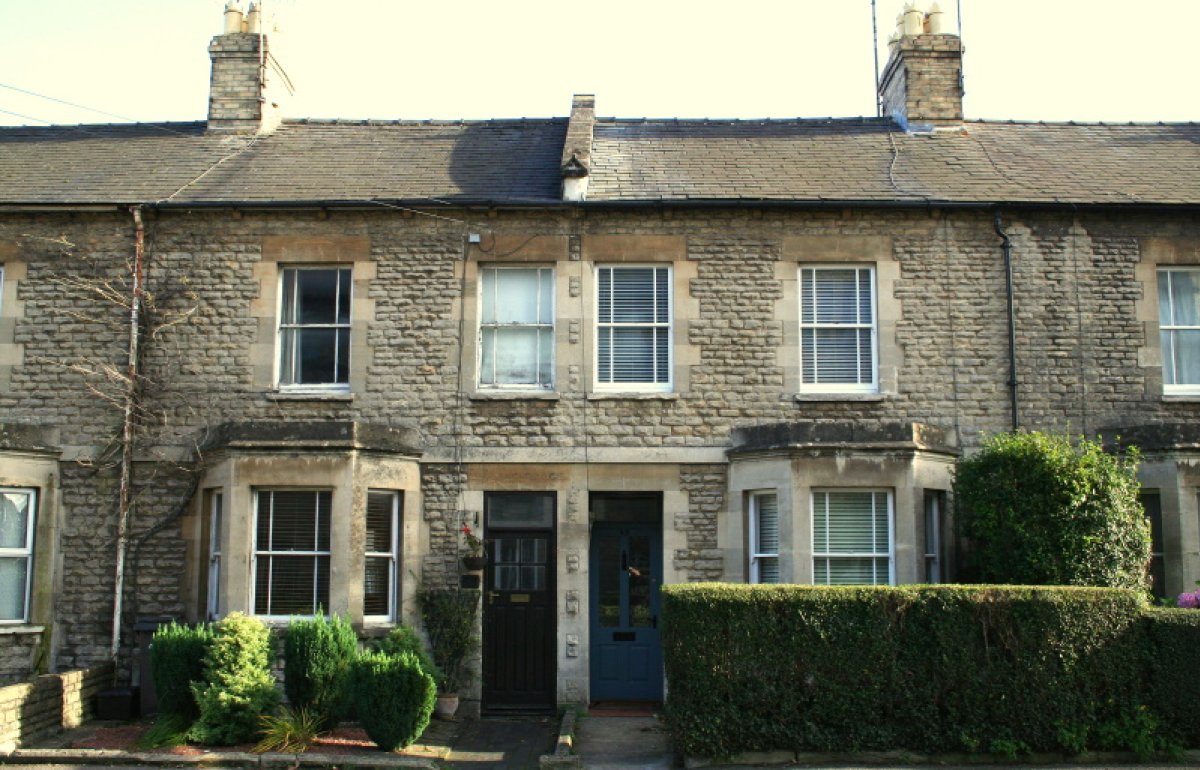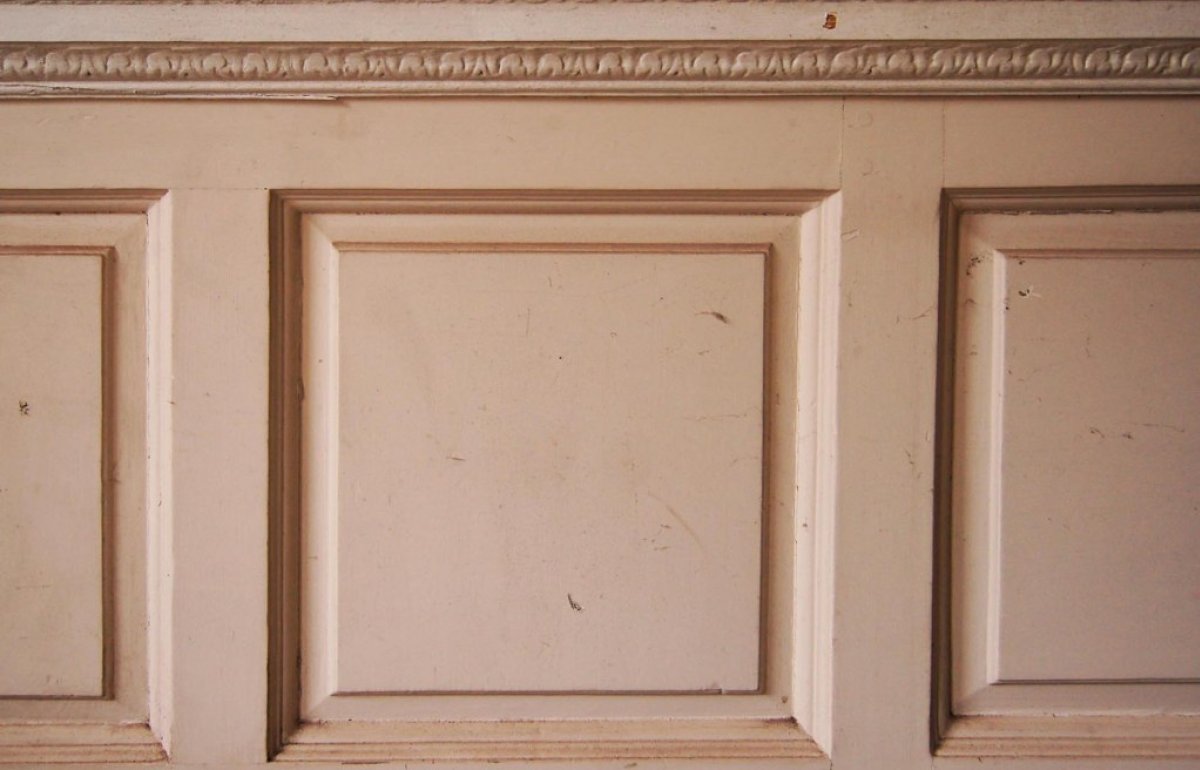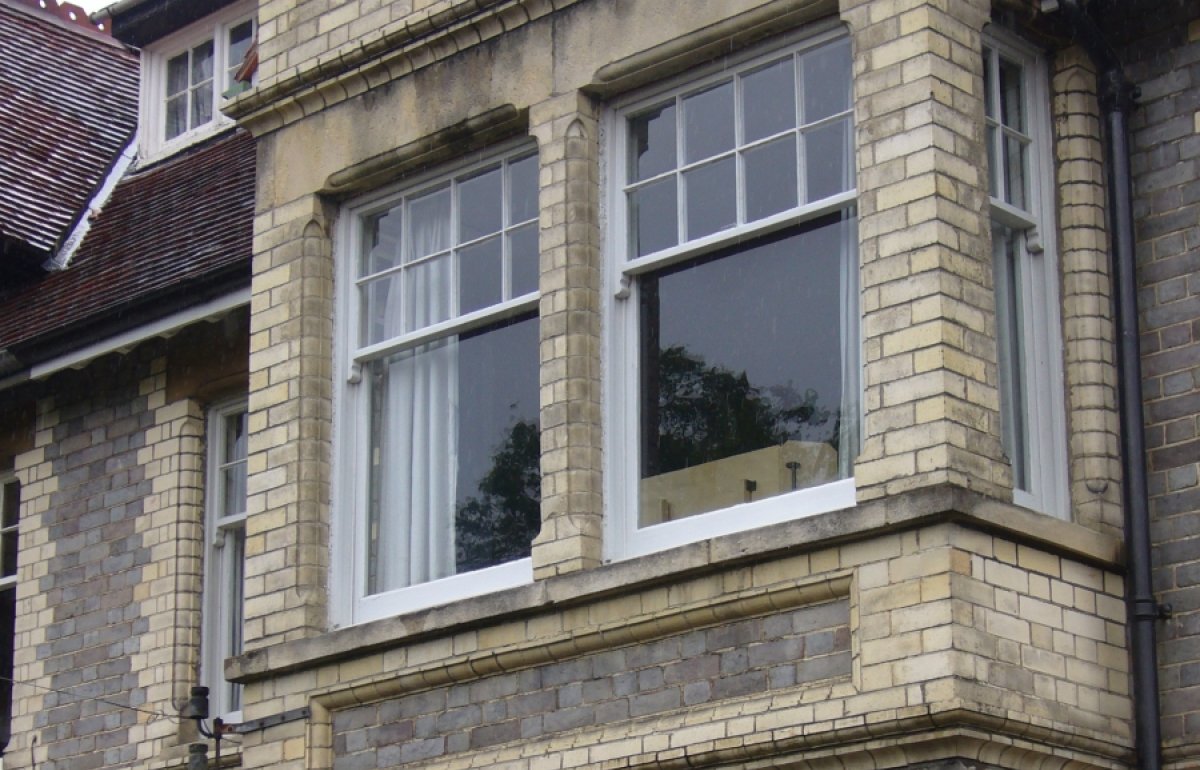Chimney maintenance
The chimneys of old buildings need more frequent maintenance than masonry less exposed to the weather but this is often neglected because of difficult access.
Read our advice below, or watch our videos on Youtube to learn how to repair a brick chimney stack.
What maintenance might chimney stacks require?
Erosion of mortar between bricks or stones in a chimney can lead to smokiness, dampness, increased fire risk and instability. Mortar joints are most susceptible to weathering at the top of a stack (weed growth may be a symptom), on the sides where it faces the prevailing wind, or the point at or just below where it passes through the roof. Thatch, therefore, is often best fully stripped around chimneys during re-ridging or more major work to reveal any perished mortar posing a very high fire hazard. Mortar for repointing or re-bedding bricks or stones should normally be lime-based (without cement), as should that for repairing any defective areas of protective render.
Redundant television aerials and fixings should be removed to prevent corrosion damage to masonry.
How should I maintain chimney pots and flaunching?
Ensure that chimney pots remain well-seated and secure. They can become unstable due to the deterioration of surrounding mortar (‘flaunching’), careless flue sweeping or badly fixed spark arrestors. As with pointing, mortar used for renewing flaunching should usually be lime-based on old buildings. The provision of a protective lead capping over flaunching may sometimes be justified. Where a pot is decaying, its life might be prolonged by refitting it with the eroded side facing in a more sheltered direction.
Cowls and covers also need checking. The SPAB discourages the use of spark arrestors but, where fitted, they must be regularly cleaned to prevent a serious fire risk.
How are lead flashings and mortar fillets kept sound?
Mortar fillets, lead flashings and other weatherings to chimneys should be well maintained to prevent water penetration. Mortar fillets with cracks should be repointed or, if cracking is extensive, re-formed using lime mortar. There should be a presumption in favour of the retention of mortar fillets and other locally traditional details, rather than their replacement in lead. When renewing fillets, however, it is often prudent to include concealed lead soakers as additional protection against moisture ingress.
Split or holed lead or metal flashings should be repaired or replaced. Lead back gutters behind chimneys often leak where they are not cleared out or snow collects against them. Persistent problems may require the construction of a deflector to divert water away from a stack.
What repairs might flues or hearths require?
Old chimneys were commonly lined internally with lime mortar parging when built, assisting the flow of gases and improving fire protection. Parging may crumble over time, with debris falling across the flue or on to the hearth. Debris can also arise from the deterioration of the upper diving masonry (‘withes’ or ‘mid-feathers’) between flues. Repairs to parging or withes may be possible where safe access can be provided, otherwise the insertion of a modern flue lining might have to be considered. Providing some ventilation is maintained, disused flues can be capped after sweeping to keep out birds and help prevent dampness.
Cracks in hearths are a fire risk. A simple remedy is to lay a new stone hearth over the original. All most fireplace surrounds require is regular sweeping or vacuuming and occasional washing (except sandstone, which stains). Avoid sand-blasting and harsh abrasives.
Presumably chimney sweeping shouldn’t be forgotten?
Failure to sweep a flue properly or regularly to remove soot can cause smokiness or, more seriously, a chimney fire. Rods or brushes should be used, although tar from wood stoves may require scraping off first. Particular care is required with old chimneys to clean out hidden cavities from past alterations. Recommended sweeping frequencies depend upon the type of fire: three-monthly for wood-burning stoves in use; twice a year for coal open fires; and annually for smokeless fuel open fires or stoves, oil-fired appliances and many gas fires (but check with the manufacturer for the latter).



